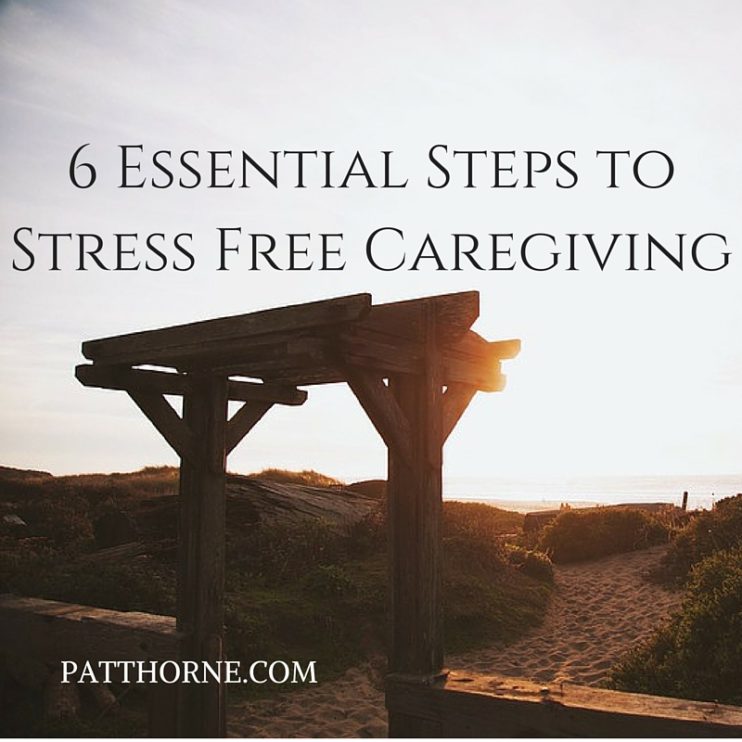Where do you begin as a Caregiver?
Many family caregivers find themselves well into this role before they realize what has happened. Whether suddenly at a hospital bedside or slowly over time, families quickly realize just how difficult caring for someone can be at times. They search for information and answers to help make better choices and feel more in control. When caregivers follow some basic steps and put a plan in place, much of the burden and stress can be reduced. Here I’ll outline those steps which may help bring some order to the potential chaos of care giving. But before we begin…
A Reminder
No one wants to be taken care of and especially in a way where they lose their sense of independence and self-determination.
Losing control over one’s life because of age or disability is both sad and frustrating and everyone involved struggles with the loss.
Your job as caregiver is to help your loved one, who is struggling through this loss, preserve their dignity and maintain the best quality of life given their current limitations.
So where do you start?
In my work with families, I’ve found that many just wanted to be told what to do next. When they had a plan or a set of instructions to follow they were better able to manage the day to day tasks of care giving. So below I’ve summarized some of the essential steps to stress-free care giving and will expand on each of these in future blogs. I’ve also created a free worksheet summarizing the steps for you to print out for future reference.
Step One – Know Your Role
Caregivers need to learn how to gently navigate the wants and needs of their loved one with the practical issues of their safety and well-being. Knowing when to step in and when to step aside is one of the most challenging aspects of being a caregiver. So it is essential to really understand what the role your loved one needs you to take as caregiver. Do they need an Overseer, a Middleman or a Caretaker?
- Overseer is my care giving role at the moment. We are off to the side, not involved in any day to day decisions and ready to step in as needed.
- Middlemen have a much more active role in their loved one’s life. They are “doing” more for them on a regular basis (housework, managing their money, taking them to appointments).
- Caretakers are those full time caregivers responsible for all aspects of their loved one’s care.
Step Two – Evaluate the Situation
Clearly understanding the current abilities and disabilities of your loved one will make it easier to not only care for their current needs but to better anticipate and prepare for any future needs. Evaluating or assessing their physical, mental and emotional abilities helps you know when and how to help.
Step Three – Make a Plan
This is a necessary process that most caregivers miss. It begins by putting a team in place with everyone understanding their roles and responsibilities regarding the care of your loved one. It involves identifying an effective Plan A – which is the one that is in place and working. To know what Plan B is – for when (not if) things change. To be have a Plan C ready to implement in the event of a crisis.
Step Four – Gather Information
So much of the caregiver’s burden and responsibility is in managing all of the medical, legal and financial affairs of their loved one. As you gather all of the necessary documents you can identify gaps in your loved ones long term care planning and avoid issues or problems down the road.
Step Five – Getting Organized
Using a simple organizational system can help alleviate the stress of juggling the added responsibilities of being a family caregiver and make it easier for others to step in and help more easily.
Step Six – Caring for the Caregiver
Managing your stress and actively practicing self-care is essential to maintaining your health and preventing caregiver burnout. Caregivers who don’t take the time and effort to care for themselves experience higher rates of anxiety and depression.
While following these steps may not be the answer to all of your care giving problems it will certainly help make the job far less stressful. In future posts I’ll discuss each of these in more detail.
So until next time – take care of yourself and know there is
…help for the journey.





